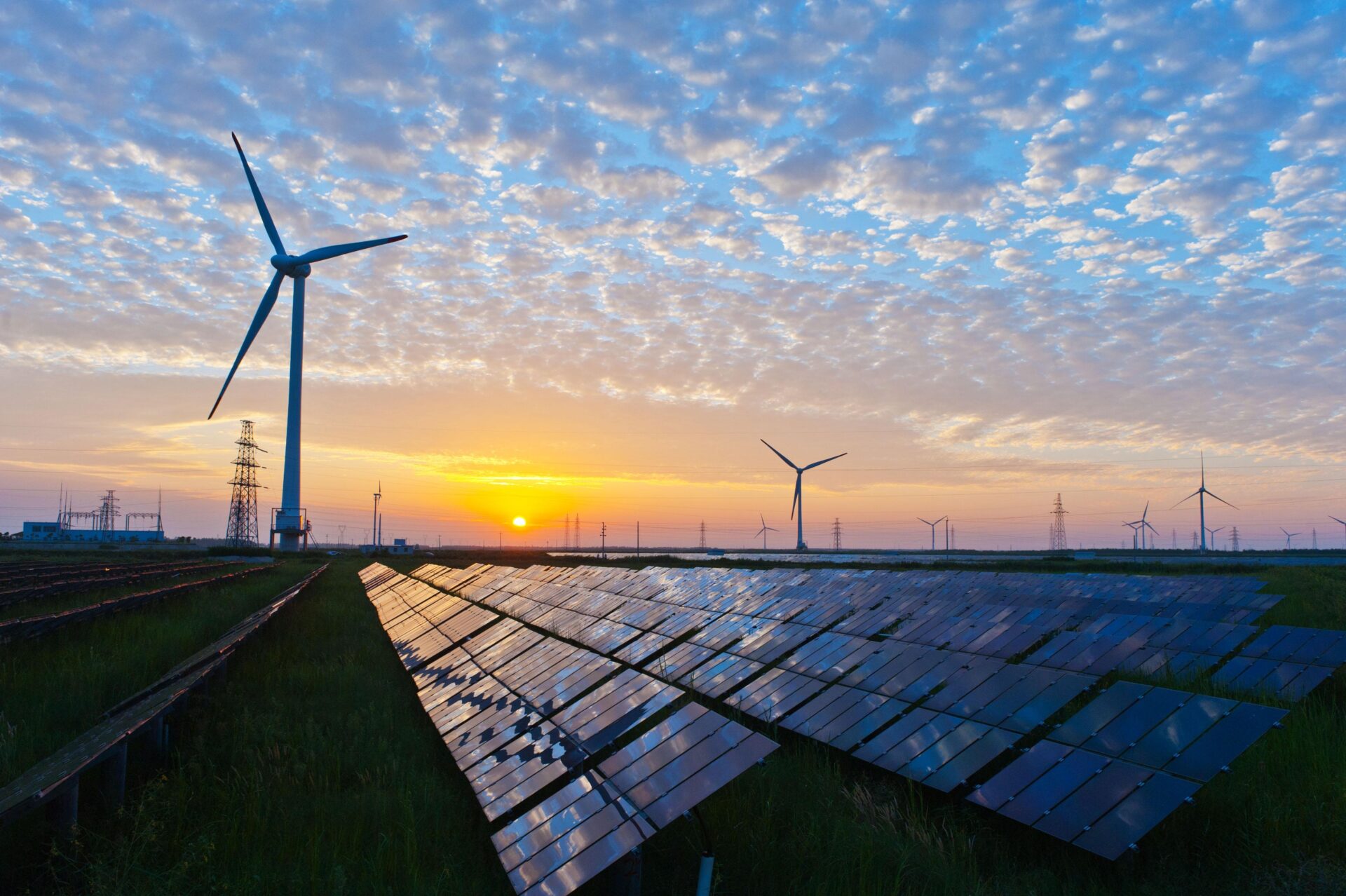On November 1, the Netherlands Environmental Assessment Agency (Pbl) presented the annual Climate and Energy Outlook (KEV), which outlines the extent to which the Netherlands is on the right track. The urgency of the problem and the comprehensiveness of this study make this annual publication an important moment for the Dutch policy cycle. Should it turn out that the climate targets are no longer realistic, the Minister of Climate and Energy will have to come up with additional measures during the Spring Memorandum. An important moment for politicians in The Hague, but also for everyone who is committed to sustainability and a future-proof energy strategy.
Emission reduction 1990-2030
By 2030, the Netherlands must emit 55% less greenhouse gases compared to 1990. The Netherlands is even aiming for a 60% reduction. By 2030, however, emissions are expected to be down 39-50 percent compared to 1990, according to the KEV. The 60% emission reduction goal is clearly not yet in sight, but Rob Jetten, the Minister of Climate and Energy is optimistic. "A scoop is needed," he said. For the minister, one thing is certain.
'We will do what it takes to meet the 2030 climate goals and prepare the Netherlands for a sustainable future.'
- Rob Jetten, Minister of Climate and Energy.
'We will do what is necessary to meet the climate goals in 2030 and prepare the Netherlands for a sustainable future.' First, the Cabinet will continue with existing plans, such as the Climate Fund the Scientific Climate Council and the Citizens' Climate Consultation. Second, important laws are being amended, such as the Heat Act and the Energy Act which will stimulate sustainability. The cabinet is also continuing its efforts at the international level by discussing the need for countries to help each other more to reduce emissions. Finally, the cabinet is preparing additional measures to achieve the 60% reduction in CO2 emissions by 2030. The story is ambitious, but the KEV shows that the deed must actually be followed by the word.
Major portion of climate plans inadequately developed
In addition to the fact that calculations show that the Netherlands is still at about the same point as a year ago, unfinished calculations regarding the effect of policy on emission reduction are causing emissions to increase further than the KEV currently assumes. Among these unfinished calculations regarding the effect of policy on emission reduction are Paying for Use for passenger cars and vans, adjustments to energy taxes, the cohesive package for sustainable greenhouse horticulture, and the National Rural Area Program. PBL indicated during a technical briefing in the Lower House that ambitions and plans are extremely good, but that the right preconditions are necessary to be able to implement all the policies on the agenda. A clear message.
Conclusion
The KEV 2022 shows that the ambition to meet the climate goals stands, but that the policy as currently formulated will not lead to the necessary emission reduction of 55%. It also criticizes the required preconditions needed to implement all these ambitious ideas and plans. An idea is nice, but without enough people, the right infrastructure or permit procedures, you won't get there. A clear message, which the MPs and the minister heeded, despite the fact that the steps to be taken in the future are unclear.


